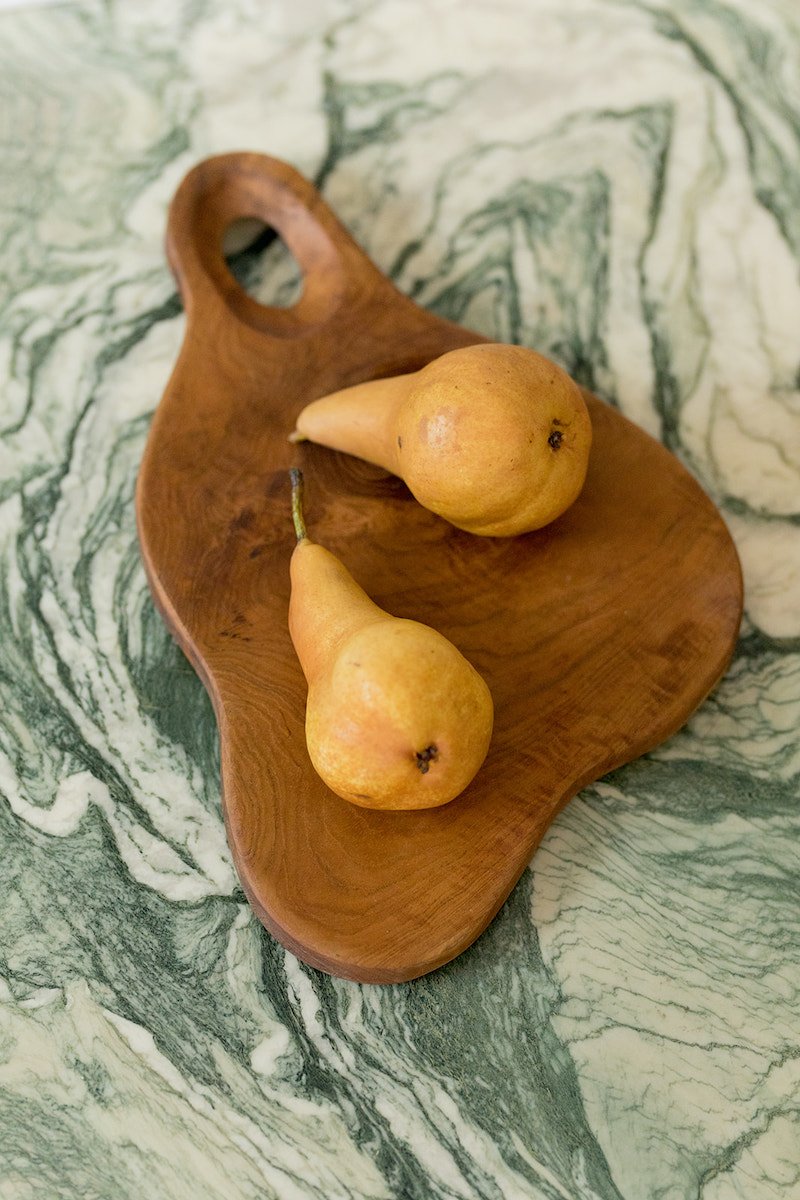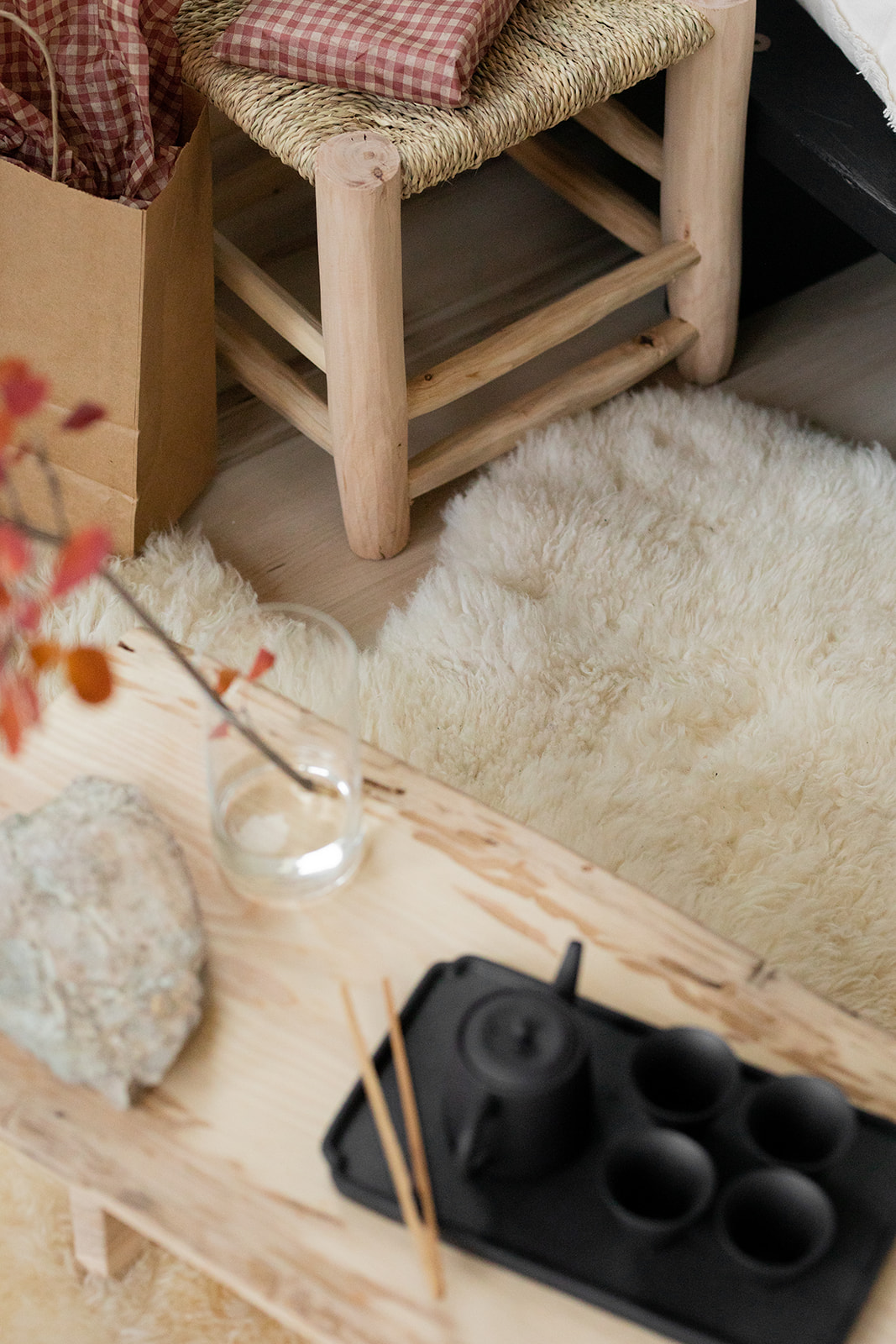
What Are Doom Boxes (And Why Do So Many Of Us Have Them?)
I leave a trail of doom boxes wherever I go.
A junk drawer, a paperwork pile, a catch-all box in my hallway that holds items ranging in importance from troll dolls to gas bills. At this very instant, a corner of my bedroom is dedicated to cardboard boxes full of the things I said I’d put away. And yet, I haven’t.
Doom boxes are the in-between place for clutter that we don’t have the current bandwidth to organize. They’re not always made of cardboard or plastic—they take the shape of underbed storage, cluttered closets, even a messy car trunk. (“Doom” is actually an acronym, I recently learned, for “didn’t organize, only moved” that originated on TikTok and is not a reflection on mortality as I previously thought.)
“‘Doom’ box is an acronym for ‘didn’t organize, only moved’ that originated on TikTok and is not a reflection on mortality as I previously thought.”
My guess is most of us have some version of this. Doom boxes offer us temporary storage for the clutter that’s bugging us, and leave the true organization for when we have more time or energy to do it.
But for some of us, that time and energy never comes and we end up consumed by the doom. Instead of the perfect home, we shuffle our belongings around from place to place like an infinite clutter ballet. And it weighs on us.
I’m newly navigating an adult ADHD diagnosis, which has shed light on why this has been my go-to organization method for so long. It’s a visible symptom of the executive dysfunction that’s happening under the surface; my thoughts are racing a thousand miles a minute and my physical body is just trying to keep up.
It’s not just neurodivergent folks who have doom boxes, though. You might find items piling up if you’re dealing with anxiety or depression, or if major life events have thrown you into turmoil. Perhaps it’s a case of clinging to sentimental items, or if you have too much stuff or too little space. There are so many reasons clutter might clog in the intersections of your home—doom boxes don’t discriminate.
It is worth knowing that some folks may see doom boxes as lazy (especially if those of us with doom boxes appear happy and healthy), but I resist that notion. Laziness does not exist. We each have a limit on the daily physical and mental energy we have, and keeping up with the demands of life in addition to staying organized takes effort. When you run out of energy for the day, or for the week, running on fumes is only going to make you more exhausted in the long run and lead to worse symptoms than doom boxes.
“Doom boxes offer us temporary storage for the clutter that’s bugging us, and leave the true organization for when we have more time or energy to do it.”
(Plus, as someone who has labeled herself as lazy or “bad” for having doom boxes my whole life, I’d love to spare some of you from the years of anguish and self-judgment).
Step one of a doom box actually suits me just fine—quickly clearing clutter helps me restore my focus and motivation. But the second step of organizing the contents of the box itself is where I struggle, leading to more and more doom boxes gathering dust in a corner.
This is when “doom” no longer becomes an acronym for me; the boxes are a dreadful reminder of all the things I’ve left undone. So I actively disengage, tuning out the tasks for the miraculous day when I’ll wake up as an organized and tidy person. But even if I can trick myself into no longer seeing the clutter, my subconscious mind still reacts to it. I feel anxious and restless, and face a constant hum of shame when my space isn’t meeting my standards.
So what is the secret to getting out of this cycle?
I’m starting by reminding myself that doom boxes are not a sign of moral failure. They’re a symptom of overwhelm that won’t be cured by cleaning, but rather by slowing down, and taking care of my mind and my body first. If I’m stuck in a rut, the first step is always self-care because that’s usually the support I’ve been lacking.
“Doom boxes are not a sign of moral failing. They’re a symptom of overwhelm that won’t be cured by cleaning, but rather by slowing down and taking care of our minds and bodies first.”
Next, I’m acknowledging that some of these boxes aren’t actively harming me. If it’s in a high traffic area and I’m comfortable knowing what I put in—and take out of—the box, then it’s serving its purpose (even if not aesthetically). My catch-all key basket is an example of this; it’s full of old unusable car keys and scratched up sunglasses, but I know what’s in it and sometimes even remember to put my keys there when I get home.
That’s “clutter in motion,” according to this helpful video from How To ADHD, which means that it is serving a purpose in its current place, or is in thoughtful transit to the next space. “Clutter in stasis,” the video explains, are the items that sit in a long term doom box that hasn’t seen the light of day in months. This is the stuff that can cause shame and overwhelm to creep in.
I think of the box in my bedroom that contains, among other things, a spilled bag of microgreen seeds, an old essential oil diffuser, single socks, and a playbill from when I saw Sweeney Todd. Cleaning this box out will not be a fun task, so even though I’ve identified the problem I need to create the motivation for myself. And setting up a reward system or interesting structure can help (this is especially useful for ADHD folks). For example, I’ll put on a 15-minute podcast and only clean until it’s over, or I’ll make a pot of my favorite dinner and work while it simmers.
Or, recruit a friend! If you struggle with doom boxes (or have a loved one who does), approach the subject with kindness and empathy. There are so many circumstances to consider—trauma, mental or physical health issues, space constraints, having kids, or even an overwhelming schedule can all lead to clutter buildup. Perhaps offer to help or tackle a project together. (Anyone want to bring over that pile of paperwork you need to sort through while I organize my stuff? It’ll be fun, I promise!)
As you piece through your doom box, consider how you can most thoughtfully get rid of unnecessary items with the amount of energy you currently have. If there are a lot of important memories involved, learn more about managing sentimental clutter. For a cleaner closet, consider donating, selling, or upcycling your garments. For Days even has a textile recycling bag you can fill and return for store credit, great for fabric scraps that might otherwise be thrown away)
Sometimes we cling to things just because we don’t have the bandwidth to dispose of them properly, and I’m here to say that’s okay. Sometimes your peace is worth tossing a damaged garment you’ve been meaning to mend or dye (my caveat is that those items never get mindlessly replaced). If means allow, you might also hire a TaskRabbit or other to-do helper to run your donate bags to the donation box. There’s no shame in asking for help, even for simple things.
The truth is we all have areas that build up and get stuck as we go through life. Being a human is messy. So don’t worry if your doom boxes aren’t solved overnight; it takes time and energy to dig yourself back out of the junk.
And as you embark on clearing through the doom, remember that these piles can also tell us a lot about what’s causing the breakdown. Noticing where and why our clutter piles up can help us create and implement new systems that actually work for us (and not systems that work for someone else on TikTok).
More than anything, you are allowed to go at your own pace, and there is no “one way” a home should look. Accept and address the doom, and when you’re ready—find your way to bloom.
“We all have areas that build up and get stuck as we go through life. Being a human is messy, so don’t worry if your doom boxes aren’t solved overnight.”
Emily McGowan is the Editorial Director at The Good Trade. She studied Creative Writing and Business at Indiana University, and has over ten years of experience as a writer and editor in sustainability and lifestyle spaces. Since 2017, she’s been discovering and reviewing the top sustainable home, fashion, beauty, and wellness products so readers can make their most informed decisions. Her editorial work has been recognized by major publications like The New York Times and BBC Worklife. You can usually find her in her colorful Los Angeles apartment journaling, caring for her rabbits and cat, or gaming. Say hi on Instagram!




